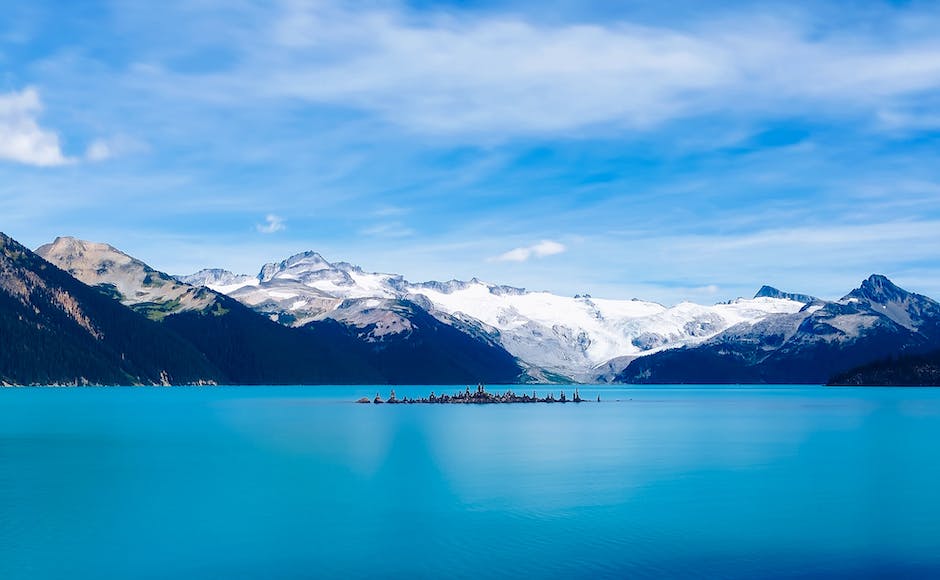HDR Imaging, or High Dynamic Range Imaging, is a technique used in photography and imaging to produce a greater dynamic range of luminosity than what is possible with standard digital imaging or photographic techniques. This method captures and reproduces a larger range of brightness levels, from the darkest shadows to the brightest highlights, thus creating a more realistic and visually stunning image. HDR Imaging is particularly useful in capturing scenes with a high contrast range, such as sunlit landscapes or interior scenes with bright light coming through windows. The technique involves taking multiple shots at different exposure levels and combining them to create a single image that encompasses the full range of detail.
Mastering the Art of HDR Imaging: Capturing Realism in High Dynamic Range

HDR imaging, or High Dynamic Range imaging, is a technique that has revolutionized the world of photography. It’s a method that allows photographers to capture a greater range of luminosity than what is possible with standard photographic techniques. This results in images that are incredibly realistic, with a depth and richness that is truly breathtaking.
The magic of HDR imaging lies in its ability to balance the light and dark areas of a photo. In a typical photograph, the camera can only capture a limited range of light and dark. This often results in overexposed highlights or underexposed shadows, which can detract from the overall quality of the image. HDR imaging, on the other hand, combines multiple photos taken at different exposure levels to create a single image with a high dynamic range. This results in a photo that accurately represents the range of light and dark that the human eye can see, capturing the scene in a way that is incredibly true to life.
Mastering the art of HDR imaging requires a bit of technical know-how, but it’s a skill that’s well worth learning. The first step is to take multiple photos of the same scene at different exposure levels. This is typically done by adjusting the shutter speed of the camera, which controls the amount of light that enters the lens. The goal is to capture one photo that is correctly exposed, one that is underexposed (to capture the details in the highlights), and one that is overexposed (to capture the details in the shadows).
Once you have your photos, the next step is to combine them into a single HDR image. This is typically done using software like Photoshop or Lightroom, which have built-in tools for merging photos and adjusting the final image. The software will align the photos and blend them together, taking the best parts of each to create a final image with a high dynamic range.
The final step in the HDR process is tone mapping. This is where you adjust the contrast and color of the final image to create the desired effect. This can be as simple or as complex as you want it to be, depending on your artistic vision for the photo. The goal is to create an image that is visually pleasing, while still maintaining the realism that is the hallmark of HDR imaging.
HDR imaging is a powerful tool for photographers, allowing them to capture scenes in a way that was previously impossible. It’s a technique that requires a bit of practice to master, but the results are well worth the effort. Whether you’re a professional photographer or a hobbyist, HDR imaging can take your photos to the next level, capturing the world around you in all its dynamic, realistic glory.
In conclusion, HDR imaging is more than just a photographic technique. It’s a way of seeing the world, of capturing the richness and depth of our visual experience in a way that is incredibly true to life. By mastering the art of HDR imaging, you can create photos that are not just beautiful, but also deeply realistic, capturing the world as we truly see it.